Your most critical assets deserve more than just fences and cameras. NV5’s cutting-edge layered security solutions extend detection and response beyond traditional perimeters. From advanced geospatial analytics to integrated surveillance and access control, NV5 helps you stay ahead of threats before they breach your defenses. Learn more.
ANS Nuclear Cafe
The ANS Nuclear Cafe is a blog owned and edited by the American Nuclear Society. Information contained on the ANS Nuclear Cafe has been provided by numerous sources. Therefore, the American Nuclear Society assumes no responsibility or liability for the accuracy of information contained herein. DISCLAIMER: The views expressed in posted articles do not necessarily reflect the views of the American Nuclear Society. The views expressed here are those of the individual authors. ANS takes no ownership of their views. The American Nuclear Society assumes no responsibility or liability for any use or operation of any methods, products, instructions, or ideas contained on this site.
January 9, 2017, 7:00AMANS Nuclear Cafe
Gridwatch: What Just Happened Five Minutes Ago?
January 5, 2017, 5:09PMANS Nuclear Cafe
Happy new year, my fellow carbon dioxide-emitter. Of course we do not contribute significantly by any measure to the carbon emissions plaguing our atmosphere. So, what does contribute so heavily to the increasing carbon content in the air? Let's find out.
A Change of Plans at Brookwood
January 3, 2017, 6:51PMANS Nuclear Cafe
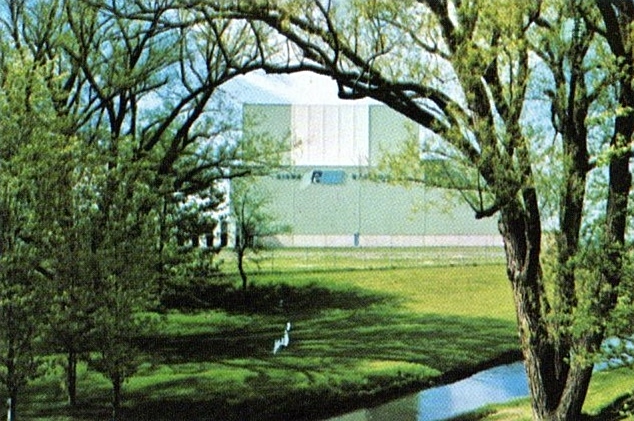
R.E. Ginna Nuclear Plant, built for Rochester Gas & Electric Company in a beautiful natural setting. Photo from brochure in Will Davis library.
By the middle of the 1960's, Robert Emmett Ginna had already spent over a decade taking part in, and in no small part championing, the development of what we would today call advanced reactors. His efforts contributed to the development of breeder and high temperature reactors, yet when it came time for his own utility to construct a nuclear plant, it made a sudden reversal to construct a very conventional pressurized water design.
NRC's Work in Progress on Public Meetings
December 29, 2016, 3:02AMANS Nuclear Cafe
On February 19, 2015, a Nuclear Regulatory Commission public meeting held in Brattleboro, Vt., descended into chaos. Protesters who were bent on disrupting the proceedings bullied and threatened people who wanted to speak at the meeting. The disrupters' tactics included shouting at speakers, interrupting their remarks, and making verbal threats against those who sought to speak in support of either the NRC's proposed action or the utility that was the subject of the meeting.
An Open Letter on Nuclear Energy to President-Elect Donald Trump and Governor Rick Perry
December 20, 2016, 6:12PMANS Nuclear Cafe
Editor's note: In an open letter written by Environmental Progress to President-Elect Donald Trump and Governor Rick Perry, ANS and 38 other nuclear professionals and organizations urged both leaders to take strong action to save and grow America's nuclear energy sector.
Japan Gives Up on Monju
December 20, 2016, 7:46AMANS Nuclear Cafe
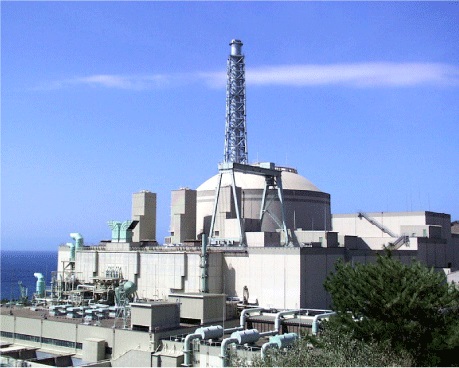
Monju Fast Reactor facility- photo courtesy Japan Atomic Energy Agency
On Monday, December 19, the Japanese government announced that it was finally giving up on the decades-old Monju fast-reactor project. Troubled in recent years with safety problems and allegations that the Japan Atomic Energy Agency (the operator) has been unable to find solutions for the problems. The Monju facility had been widely considered as under threat for some time.
Shippingport Reaches Criticality for the First Time
December 18, 2016, 7:13AMANS Nuclear Cafe
Which came first: the nuclear power plant or the nuclear-powered submarine? It sounds like a chicken-and-the-egg question, but the answer is quite simple: the nuclear-powered submarine.
Filmmaker Inspired by Advanced Nuclear Reactors
December 15, 2016, 9:49PMANS Nuclear Cafe
by Laura Scheele
Not Anytime Soon
December 14, 2016, 4:53PMANS Nuclear Cafe
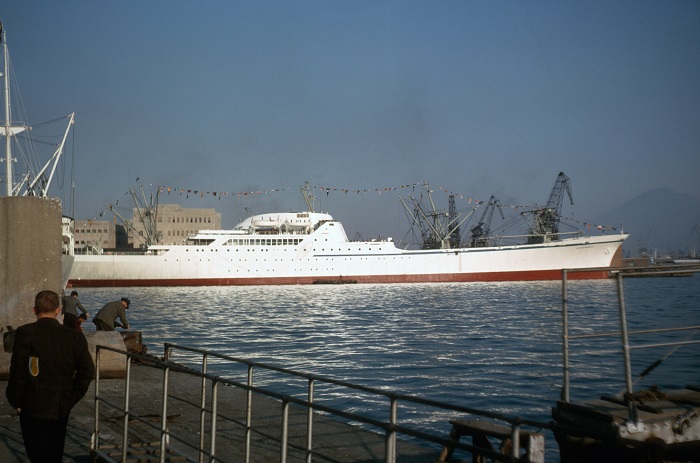
NS SAVANNAH, mid-1960s. Photo taken by crew member Dan Campbell, courtesy NS Savannah Association, Inc.
A statement made this week by the President of Iran has gained some hold on the press, and while it sounds like an interesting and for some potentially threatening development, it more than likely won't happen any time soon.
Week in Review
December 12, 2016, 5:40PMANS Nuclear Cafe
A number of significant news items made recent headlines relating to nuclear energy. Here is your week in review with an analysis and links.
Nuclear History and ANS
December 6, 2016, 8:17PMANS Nuclear Cafe
I am pleased and proud to report that the American Nuclear Society (ANS) recently completed a project to post brief bios of all 61 ANS past presidents (plus the current president). Pleased, because many of the past presidents were icons in the early development of nuclear power, or played key roles in the evolution and growth of the nuclear industry, and it is wonderful to have so many of their stories in one place. Proud, because I had a role in helping solicit biographical information from the living past presidents and in searching for information on the deceased past presidents. But let me quickly add that this was not a solo effort. It involved the contributions of many people, both other ANS past presidents, ANS staff and others I contacted in the course of my research.
Anniversary of First Man Made Criticality - December 2, 1942
December 2, 2016, 6:34PMANS Nuclear Cafe
A Small But Nagging Point
December 1, 2016, 5:48PMANS Nuclear Cafe
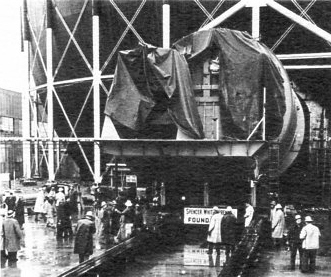
SIR (Submarine Intermediate Reactor) Naval Prototype Plant rolled into containment sphere at West Milton New York; March 20, 1954. From brochure "The Seawolf Story" in Will Davis library.
We're coming up on another anniversary of the startup of the Shippingport Atomic Power Station in early December. That plant was more or less a Navy plant (at least in terms of the NSSS or Nuclear Steam Supply System) built not for powering ships but instead for powering businesses and homes. The move to get that done was rapid and fluid - and now there's maybe a hint of evidence that it could have been a returned favor to Admiral Rickover.
November News
November 16, 2016, 5:40PMANS Nuclear Cafe
We have two fairly significant news items to report on today at ANS Nuclear Cafe. First a major nuclear vendor change of ownership and second a further threat to the sustenance of existing nuclear.
International Activities on Used Fuel Reprocessing
November 9, 2016, 1:59PMANS Nuclear Cafe
by Will Davis reporting from the 2016 ANS Winter Meeting in Las Vegas
Nuclear Grand Challenges at the ANS 2016 Winter Meeting
November 8, 2016, 3:20PMANS Nuclear Cafe
By Will Davis, reporting from the 2016 ANS Winter Meeting in Las Vegas
Historic Idaho Reactors Detailed at ANS Winter Meeting
November 8, 2016, 10:00AMANS Nuclear Cafe
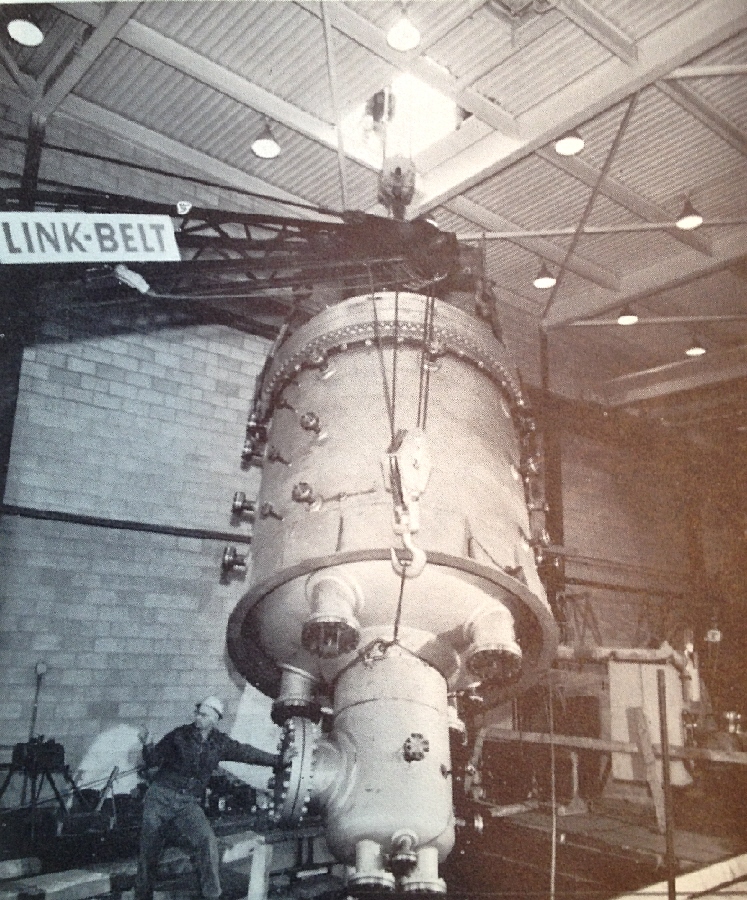
Installation of SPERT-II reactor vessel at National Reactor Testing Station, now Idaho National Laboratory. From IDO-16050, published 1959, in Will Davis library.
The history and lore surrounding the dozens of reactors constructed and operated at the Idaho National Laboratory could fill a book - and has filled at least one whole book and parts of many others. Today, at the American Nuclear Society's 2016 Winter Meeting a unique presentation was given in the early afternoon by Harold McFarlane, who retired after 44 years working with Argonne National Laboratory (which operated a number of the reactors built in Idaho.)
Advancing Nuclear: Paths to the Future
November 8, 2016, 2:41AMANS Nuclear Cafe
"How do we move nuclear energy into the future?" was the question asked and answered in a variety of ways during a fascinating speakers' session that followed this morning's opening plenary. Several expert speakers in a variety of fields provided frank and illuminating commentary on the condition of nuclear now, and on the things that have to change for nuclear energy to be vibrant in the decades to come.
ANS President Klein Addresses Winter Meeting, Announces Initiative
November 7, 2016, 8:12PMANS Nuclear Cafe
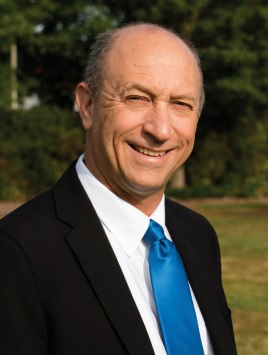 Kicking off the American Nuclear Society's 2016 Winter Meeting (held at Caesar's Palace, Las Vegas) was ANS President Dr. Andrew Klein's speech at the Opening Plenary, in which Dr. Klein expressed a bright vision for the future not just of ANS but of its members and their contributions.
Kicking off the American Nuclear Society's 2016 Winter Meeting (held at Caesar's Palace, Las Vegas) was ANS President Dr. Andrew Klein's speech at the Opening Plenary, in which Dr. Klein expressed a bright vision for the future not just of ANS but of its members and their contributions.
Marie Curie: The Woman Who Used Radiation to Save a Million Lives
November 7, 2016, 8:18AMANS Nuclear Cafe
By: Priyarshini Ghosh
